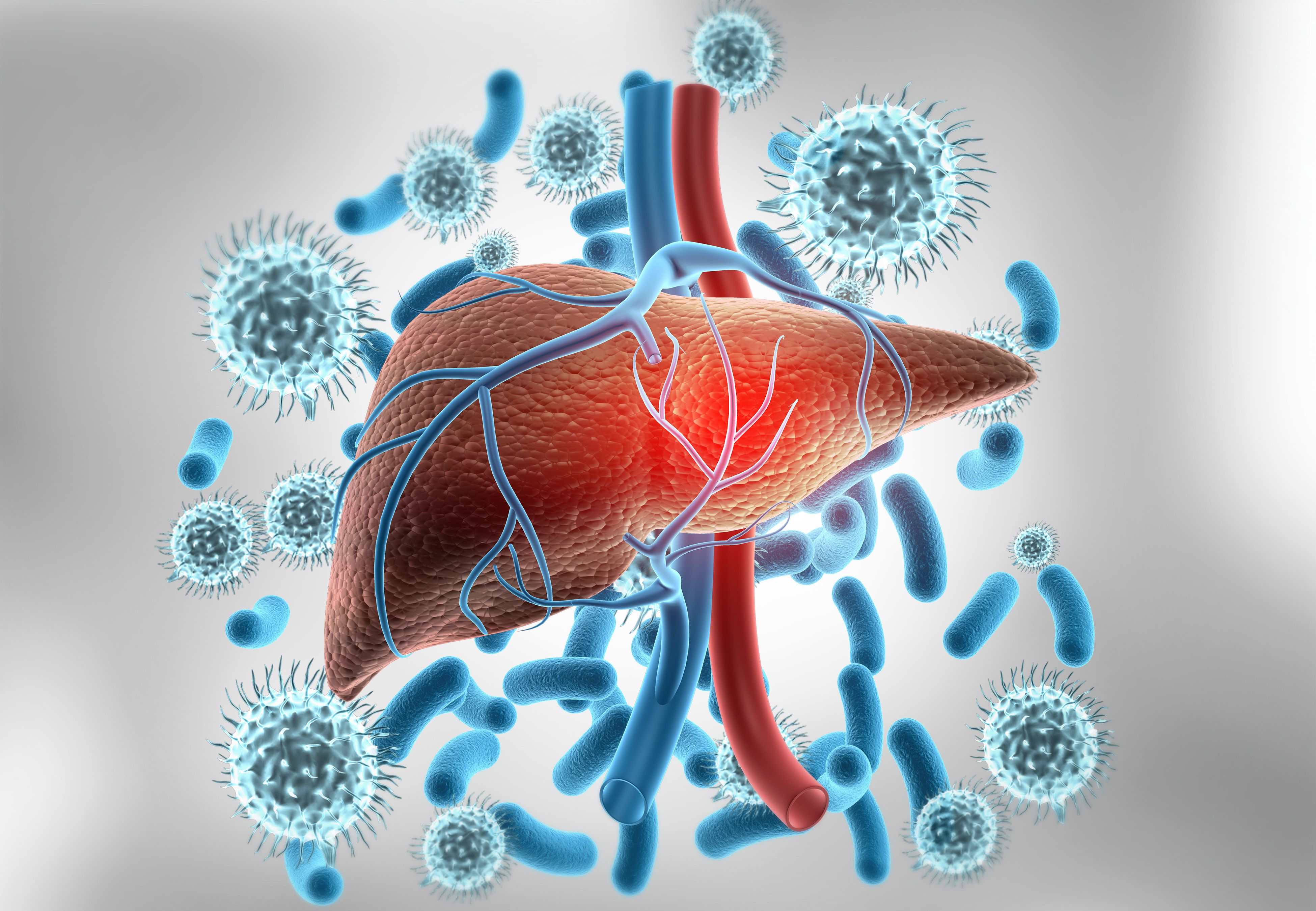There was no observed difference in sustained virologic response (SVR) rates for patients with hepatitis C virus (HCV) who consumed alcohol, even for those with high-risk consumption of alcohol use disorder (AUD), according to the results of a study published in JAMA Network Open.1 The study investigators said that restricting access to direct-acting antiviral (DAA) therapy due to alcohol consumption could create unnecessary barriers for patients with HCV, based on the study results.1
Key Takeaways
- Individuals with hepatitis C virus (HCV), including those with high-risk alcohol consumption or alcohol use disorder (AUD), showed no significant difference in sustained virologic response when treated with direct-acting antiviral (DAA) therapy.
- The study challenges the idea of withholding DAA therapy due to alcohol consumption, as doing so may create unnecessary barriers for patients with HCV.
- The research suggests that alcohol use at the time of DAA treatment initiation does not impact sustained virologic response rates in patients with HCV, emphasizing the need to prioritize effective antiviral therapy for all patients with HCV, regardless of alcohol consumption or AUD.
According to the World Health Organization, an estimated 58 million individuals have chronic HCV, with about 1.5 million new infections per year. The agency added that patients with HCV could benefit from lifestyle changes, which includes avoiding alcohol to minimize liver damage.2
The study authors aimed to evaluate whether alcohol use at the time of treatment initiation with DAA therapy was associated with a decreased likelihood of SVR. They used electronic health records from the US Department of Veterans Affairs, which is the largest national health care system that provides unrestricted access to HCV treatment, according to the study authors. Individuals included were born between 1945 and 1965 and were dispensed DAA therapy from January 1, 2014, to June 30, 2018. The investigators performed the data analysis in November 2020, and updated with sensitivity analyses in 2023.1
The study investigators used responses to Alcohol Use Disorder Identification Test-Consumption questionnaire and the International Classification of Diseases, Ninth Revision and International Statistical Classification of Diseases and Related Health Problems, Tenth Revision, diagnoses for AUD to create alcohol use categories. These included abstinent without history of AUD, abstinent with history of AUD, lower-risk consumption, moderate-risk consumption, and high-risk consumption or AUD.1
The primary outcome of the study was SVR, defined by investigators as undetectable HCV RNA for 12 weeks or longer after the completion of DAA therapy. Multivariable logistic regression was performed to estimate the odds ratio and 95% confidence interval of SVR associated with alcohol use. The mean age was 62.6 years, with 97% identifying as male, 50.1% being non-Hispanic White individuals, and 84.5% with HCV genotype 1. A total of 46.6% were abstinent without AUD, 13.3% were abstinent with AUD, 19.4% had lower-risk consumption, 4.5% had moderate-risk consumption, and 15.2% had high-risk consumption or AUD.1
Among the 69,229 individuals included in the study, 94.4% achieved SVR, according to the study investigators. From 12 weeks to 6 months after completion of DAA, 58,651 individuals still had achieved SVR and 6704 at 4 to 12 weeks after completion.1
When investigators adjusted for confounding variables, they found there was no difference in SVR across all alcohol use categories, including high-risk consumption or AUD. The study authors reported that interaction by stage of hepatic fibrosis, measured by fibrosis-4 score, was not evident.1
Possible limitations of the study included that it was observational, which could have led to a degree of residual confounding. Additionally, because the measurements were in a 6-month follow-up period, it is possible that some individuals experienced viral relapse, but the study authors noted that this is considered rare. Furthermore, they said that the classification for alcohol use measures may have been influenced by underreporting due to social desirability bias.1
Reference
- Cartwright EJ, Pierret C, Minassian C, et al. Alcohol use and sustained virologic Rrsponse to hepatitis C virus direct-acting antiviral therapy. JAMA Netw Open. 2023;6(9):e2335715. doi:10.1001/jamanetworkopen.2023.35715
- World Health Organization. Hepatitis C. July 18, 2023. Accessed September 27, 2023. https://www.who.int/news-room/fact-sheets/detail/hepatitis-c







